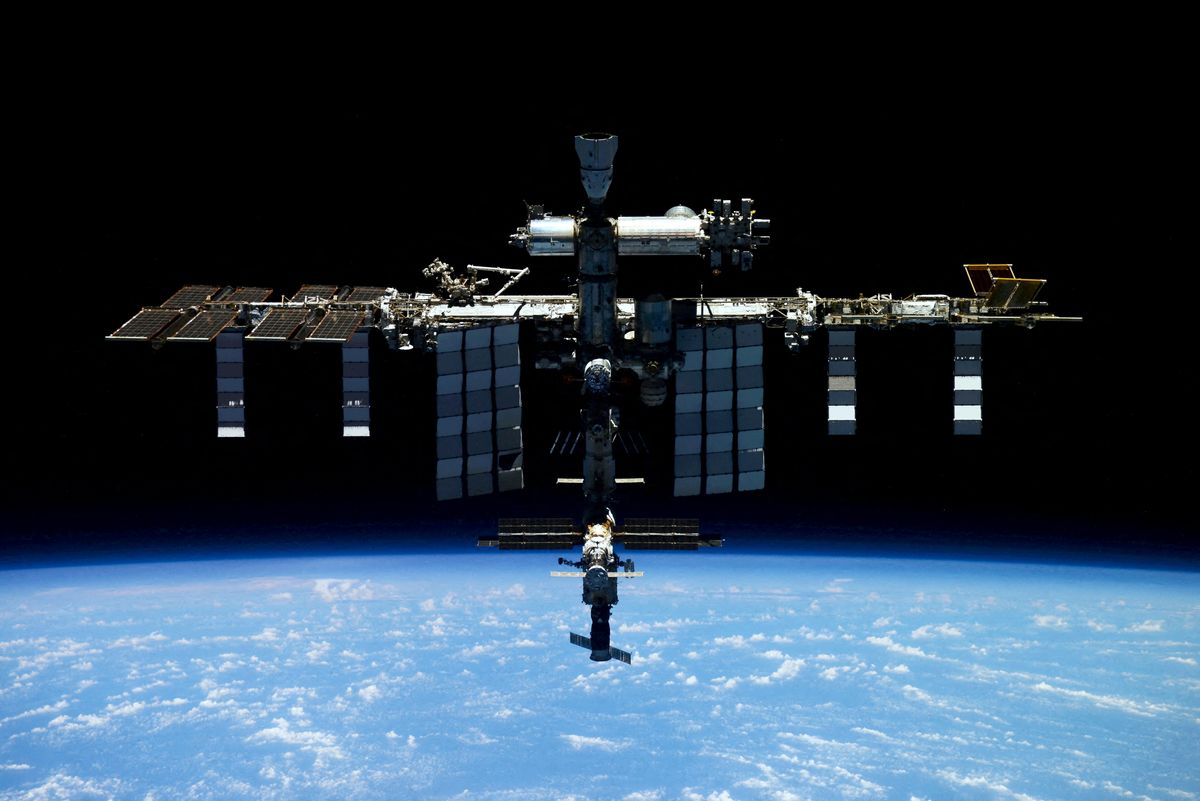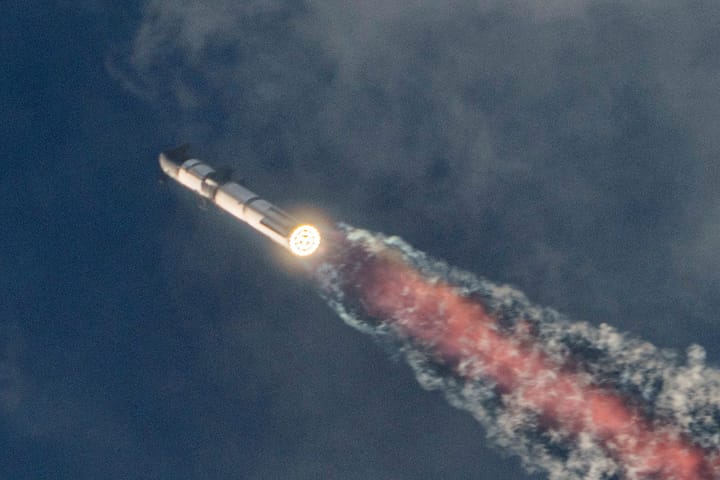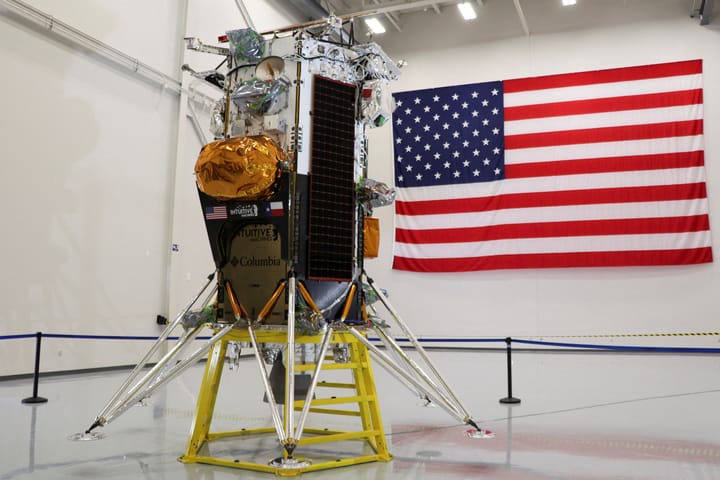NASA’s new plans for the International Space Station
Initially, the ISS only had an expected lifespan of 15 years.

A few minutes every morning is all you need.
Stay up to date on the world's Headlines and Human Stories. It's fun, it's factual, it's fluff-free.
The International Space Station (ISS) is a joint project between five international space agencies based in the US, Russia, Japan, Europe and Canada built in 1998. And the whole purpose of it is to understand life in space better.
It took over a decade for the ISS to be liveable long-term. Since then, it's been continuously operated in space by an always interchanging crew of astronauts who use the station for scientific research. That means that since 2000, there's always been someone inside the station.
Initially, the ISS only had an expected lifespan of 15 years; we're well past that point now, with NASA extending that to 30 years instead (to 2028).
Now, NASA is working on a plan to retire the ISS by 2030. This news came with NASA's proposed 2024 budget. On Monday, NASA officials announced that the agency wants to use about US$180 million to "initiate development" of its space tug plan.
What does the plan entail? Well, NASA is talking about a "space tug" to deorbit the station. This means that NASA wants to bring the ISS out of orbit and into Earth's atmosphere to burn away upon re-entry. The remains would end up at "Point Nemo" – the location of the ocean that is the farthest place from land – to be burned and destroyed.
And that's just how much the very beginning stages will cost. For the whole plan, "a cost estimate we had was a little short of about US$1 billion," said NASA's human spaceflight chief Kathy Lueders.
NASA also toyed with the idea of using Russian space equipment to complete the tug, which might still be an option. "But we're also developing this US capability as a way to have redundancy and be able to better aid the targeting of the vehicle and the safe return of the vehicle," Lueders also said.
Why is NASA retiring the ISS now, though? Well, according to the 'Budget of the US Government' document, "The International Space Station will need to be safely deorbited at the end of its operational life as the United States transitions to lower-cost commercial space stations."




Comments ()